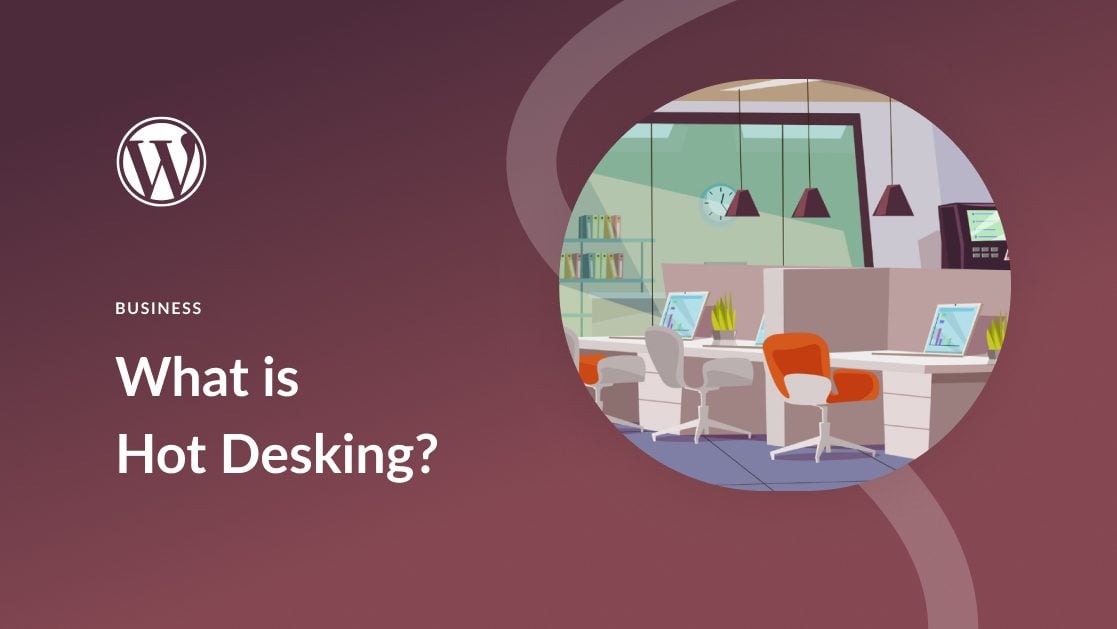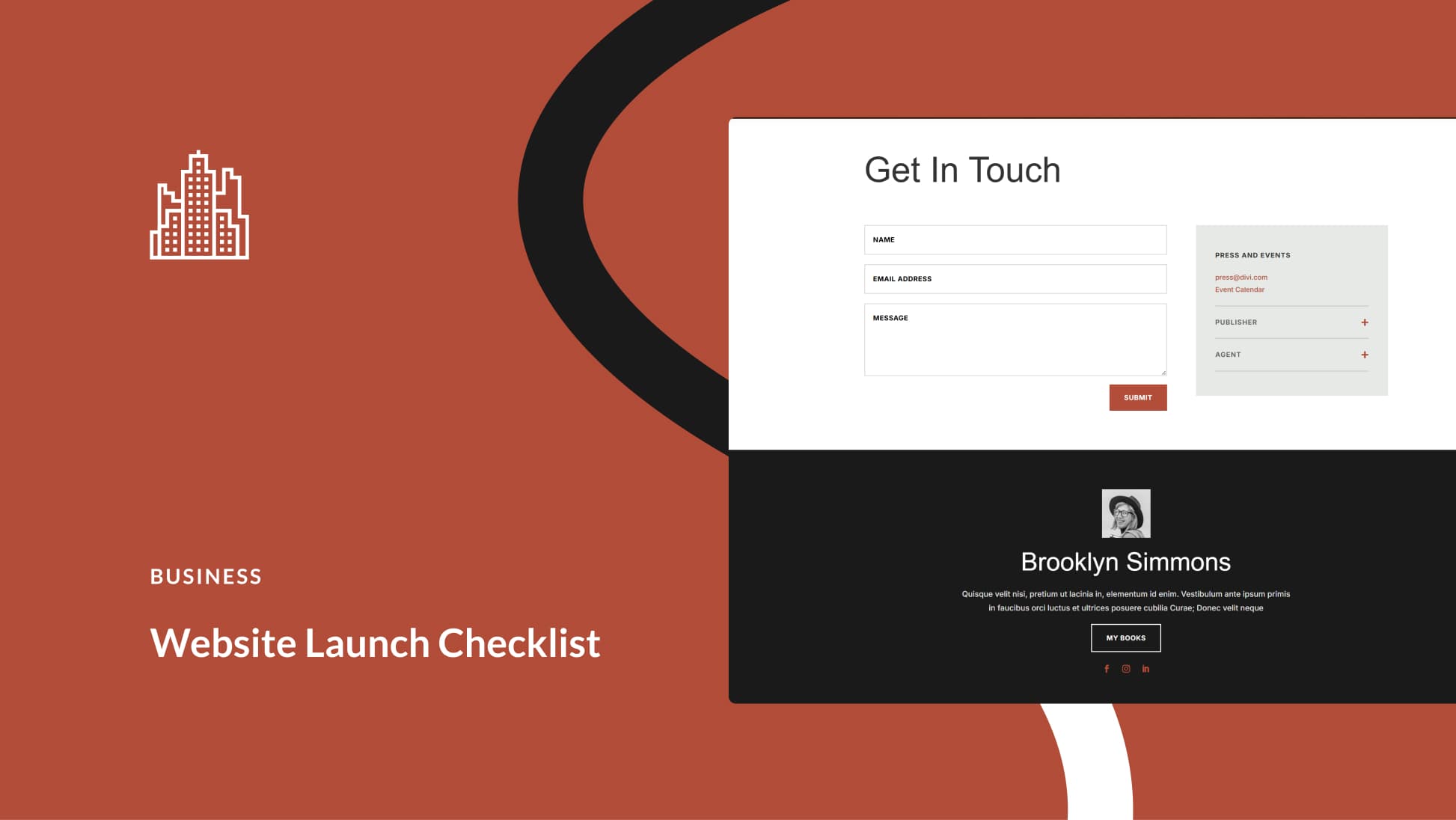Imagine waking up in the morning, getting ready for work, and arriving at the office, only to find that … there’s no seat for you. Or, maybe you get to work and — surprise! — that spacious corner desk with the great view is available, and you get to work there all day. With hot desking, either scenario is possible. In this article, we’re going to talk about this type of flexible workspace and why it may or may not be right for your company.
What is Hot Desking?
Hot desking is a flexible workspace trend in which employees snag whatever desk or workstation is available when they arrive at the office. This is an alternative to having a permanent, assigned desk, as is the case in many traditional offices. With hot desking, nobody can claim a chair, desk, or table as theirs permanently. When a worker arrives at the office, they choose where to sit based on what’s open. As people come and go from the office, arrangements will change, too. Hot desking is similar to dining in a restaurant. People sit where there’s availability, and that changes as diners — i.e. workers — arrive and leave.
Hot Desking vs. Desk Hoteling vs. Meeting Room Booking
While people use the terms “hot desking” and “desk hoteling” interchangeably, they have one major difference. With hot desking, workers grab whatever workspace is available (if there’s one available at all). With desk hoteling, employees reserve workstations ahead of time, similar to booking a hotel room (hence the name). Both methods have seats available on a first-come, first-served basis. However, hot desking is much looser than desk hoteling since there’s no reservation system.
Meeting room booking is also different from both hot desking and desk hoteling, though they share similarities. Meeting room booking is normal in both traditional and flexible office spaces. Groups book shared spaces, such as conference rooms or lounges, ahead of time. That way, they have a dedicated space to collaborate that’s separate from the rest of the office. Even in an office with hot desking, it’s a good idea to have a separate system for booking collaborative areas. Some software allows for both desk hoteling and meeting room booking, too.
What Kind of Workplace is Hot Desking Best For?
Some companies prefer hot desking, but in others, it’s a recipe for unhappy employees and poor productivity. The system tends to work well in two cases. The first is if you run a small company with a limited number of people who all work in the same area anyway — hot desking won’t disrupt that framework. The second is if most of your employees are only in the office sometimes and need desk space on short notice. Maybe they come in between sales meetings in the field or when they need access to the equipment they don’t have at home. In this case, hot desking makes more sense than having rarely used dedicated desks.
To determine if hot desking is the best solution for your workplace, consider the following:
- In-Office Employees: Are there a lot of in-office employees on a daily basis? If you have very few employees who work out of the office regularly, it could be a headache to ensure everyone can find a seat they’re happy with.
- Office Layout: What type of space does the office have? Can you designate some sections as quiet areas or collaborative meeting spaces? Will the employees and department have the kinds of areas they need?
- Office Location: Is it hard for employees get to and from work? For example, if they have to take the subway every day, carrying a lot of work gear may be a problem.
- Security: Do your employees handle highly sensitive information? Hot desking probably won’t offer the dependable, private seating arrangements needed.
In general, if most of your team needs the structure of a traditional office or they have to regularly sit near certain workers for collaboration purposes, hot desking isn’t the right option. If you still want a hybrid workplace, though, a reservation system may be a smart alternative. Check out our article about how desk hoteling can improve your office workspace.
Pros and Cons of Hot Desking
Hot desking has its ups and downs. It’s excellent in modern workplaces where employees like flexible schedules and hybrid workspaces. On the other hand, more traditional offices or companies that need everyone in-office all the time don’t fare so well with hot desking. Let’s dive into the pros and cons to look at both sides.
When employees or departments that don’t normally work together have to collaborate on a project, it’s easier to sit near one another, and everyone can choose their desk. Then, as projects wind down, workers can disperse. Also, since workstations change daily, employees end up near coworkers they don’t normally get to engage with. This can build and strengthen working relationships, promote collaboration and develop company-wide cooperation.
Whether employees find hot desking limiting or freeing really depends on the individual and the type of work they do. Where some may feel stifled by changing workstations, others may tap into creativity and innovation. And if those employees thrive on collaboration, they could be even more motivated by sitting near new people every day. If you run a creative company with employees who tend to move around a lot anyway and only see their desk as a surface to lean on, hot desking could help unleash their imagination.
This amount of autonomy is great for employee development and can help employees feel like their employer trusts them. By removing the need to micromanage where everyone sits, there’s more authority given to the employee. For some team members, having extra responsibility instills pride in their job and encourages them to take more ownership of their work.
Con: Lack of Stability, Hierarchy, and Personalization
Older workers or anyone who’s used to a traditional setup may dislike the instability of hot desking. Not knowing where you’ll be sitting every day or if you’ll find a seat at all can be anxiety-producing. And it’s especially difficult when gear like laptops have to be lugged to and from work if the employee isn’t already used to doing that. Furthermore, hot desking means that employees can’t personalize their space or optimize their work environment to help them stay focused.
In the worst-case scenario, all of this tells employees that they don’t matter. Some workers may feel that if they were important to the company, they’d be at least afforded a place to do their job. Hot desking can impact office hierarchy, too, like if a supervisor or 20-year employee has to sit near a group of new hires or has a worse desk setup than someone they’re in charge of.
Moreover, a lack of stability leads to another big problem: Germs. With so much sharing and exchanging of workstations, germs are bound to travel around more than if everyone had their own desk. This means that employees have to be extra diligent about keeping their stations clean to protect the next person who will use them. Having a cleaning team that will disinfect the desks each night is helpful. But hot desking means that multiple people may use the same desk throughout the day as shifts change. Workstations need cleaning each time that happens.
Pro: Better Workspace Organization
The fact that employees can’t outfit their desks with personal items means that each workspace will stay minimal, de-cluttered, and organized. This makes for a nice appearance overall, and you don’t have to worry about certain desks being messy or dirty. For some, this can encourage creativity rather than diminish it — some people can think more clearly when there are fewer distractions. Plus, while germs are a concern, as we went over above, having neater desks can make cleaning easier. When there are fewer items to work around, you can disinfect and sterilize hard-to-reach places.
Con: Wasted Time
Showing up to work without knowing which desks are available and where it will be comfortable to work can become a time-suck. Finding an available space, getting situated, and then acclimating to the surroundings eats into work time. If a desk isn’t available, that limits productivity even more. And the later the employee arrives to work, the more likely it is that all the desks (or all the good ones) will be claimed. Then, the employee either has to wait for one to free up or head home or to another work environment to start the day.
Here’s another reason why hot desking can lead to wasted time: It’s difficult to find the colleagues you need. Whether it’s a person you regularly talk to regarding work issues or an expert you have to speak with for a bigger matter, not knowing where anyone’s located gets tricky. On the same note, gathering a department together for a quick, two-minute meeting can take a lot longer when everyone is scattered. Employees can also end up with low productivity if they can’t focus due to where they’re sitting. For example, a worker who needs to focus on an important project will face distractions if they’re next to someone who has to place sales calls all day.
Pro: Cost Savings
Hot desking is cost-effective for companies because there’s no excess space. In an office where some of the team is traveling or working remotely on a regular basis, fewer desks are needed overall. By limiting the space needed for desks and better utilizing the area that’s left over, real estate costs can be lowered. There’s also an option to share a workspace with another company. You can create a coworking space that employs hot desking, further cutting down costs and sharing the expense to run an office.
Con: Technology Logistics
When employees have assigned desks, everything they need to get the job done is already set up for them, without extraneous equipment they don’t use. With hot desking, though, technology logistics can get confusing, and there’s a lot to think about. For example, should each desk have its own PC, or do you just need a place for the employee to plug in their laptop? And does everyone bring their own laptop, or should they bring one the company provides? Is it even possible for each person to transport their laptop to and from work every day, taking special needs into consideration?
Final Thoughts About Hot Desking
Knowing how your employees function best means happier workers and higher productivity. But jumping on an office trend for the sake of a fad isn’t a savvy approach. Hot desking is for certain types of companies and employees, and it’s up to you to decide if it’s a wise choice. Alternatively, you could have a hybrid office that has some permanent desks along with space for hot desking. Or, you could lean on a more structured reservation system with desk hoteling.
While you’re considering what’s best for your team, check out our article about empowering your employees to reach their full potential.
Featured image: ClassicVector via Shutterstock









Hot desking is a new concept for me …I wasn’t aware of this one…so a good post for me.
“Lack of Stability, Hierarchy, and Personalization” Is the biggest takeaway based on my experience.
One of the problems in business today is the lack of work Structure and discipline.
I’m certainly considering it especially after lockdown and working from home for so long now!
Unique and Interesting Information about Hot Desking, thanks for sharing 👍
Satta King
Hot desking is the most inefficient way of work out there. If people can’t collaborate as a team, it’s useless to send them to a physical office.
Noise and permanent interruptions by people walking along, asking where Mr A might sit today … having calls with 40 others listening them… it’s an inefficient work environment and therefore, the most expensive environment you can think of.
We put all our staff to home office. Beeing at home with the people you like, with the option to take a nap if necessary is thousand times better and more efficient than “hot desking”. And be honest: who wants to search a free chair every day??? I don’t want to and my staff shouldn’t search for a seat as well.